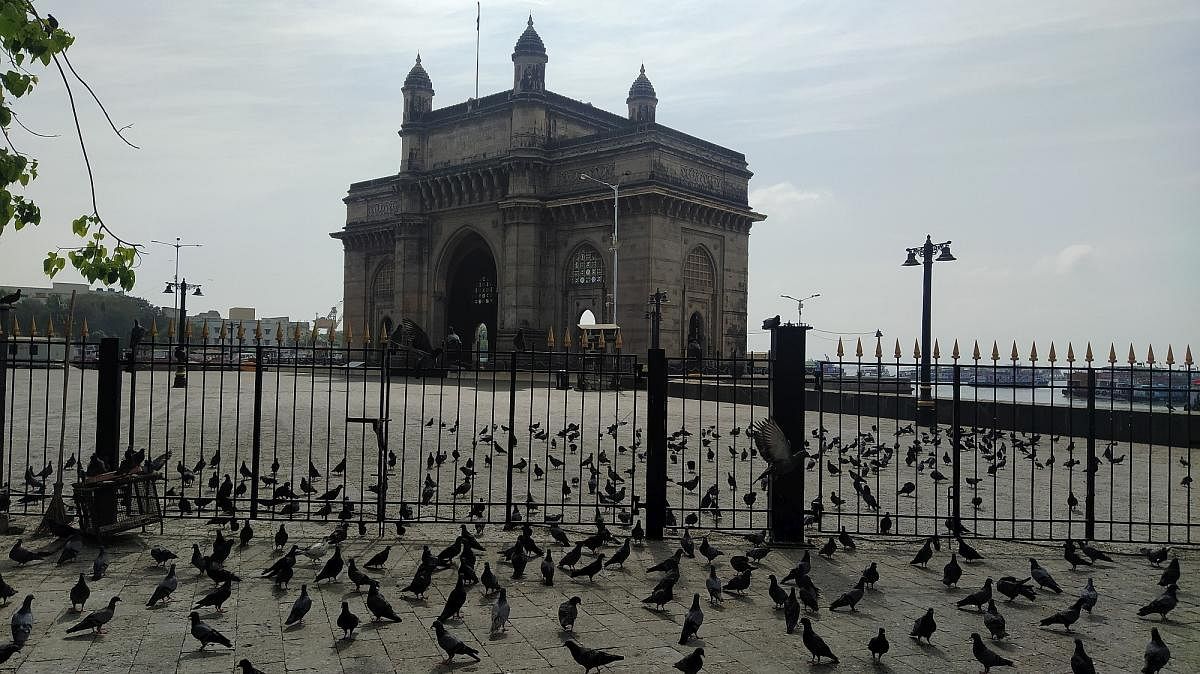
The lockdown across India has fetched with it a welcome resurgence in natural resources and the rebuilding of parameters integral to tourism. It’s a bitter-sweet situation for India’s tourism industry which is now rewriting the rules of the industry in its attempt to shift priorities yet, meet its fiscal goals. The lockdown has healed the planet in phenomenal ways. Besides the stark improvement in air quality, the waters have got clearer, the forests greener and the once-dwindling wildlife is registering a record surge in the open.
While the world over, tourism has been affected directly even dramatically with the onset of Covid-19 and the ensuing lockdowns, India wasn’t left far behind. Despite the economic package of Rs 20 lakh crore, tourism players rue the fact that the government had provided no support to the industry which was “likely to see tens of thousands of job cuts and small firms going bankrupt,” according to the Federation of Associations in Indian Tourism & Hospitality.
Travel and tourism was the largest service industry in India and worth $234 bn in 2018. It had become the third-largest Foreign Exchange Earner in India with a 17.9 percent growth in Foreign Exchange Earnings (in rupee terms) in March 2018 over March 2017. And, according to The World Travel and Tourism Council (WTTC), tourism generated $240 bn or 9.2 percent of India’s GDP in 2018 and supported 42.67 million jobs which is 8.1 percent of its total employment.
Just a year back, the sector was predicted to grow at an annual rate of 6.9 percent to $460 bn by 2028 which is 9.9 percent of GDP. And then, Covid-19 happened, sending all projections out of the window. India, after three lockdowns, has hit the reset button.
Paradigm shift
All states dependent on tourism, fully aware of the shift in priorities and the spanking new potentials created by the environmental benefits of the lockdown, have renewed efforts to bounce back. This time around, with a heightened sensitivity towards the environment though. Karnataka, for one, with its ‘One State, Many Worlds’ motto, has a steep challenge to scale in reviving the sector. “Reviving tourism is difficult, but not impossible,” says Tourism Minister C T Ravi summing up the mood of the moment.
In the South Indian state, tourism contributes 14.8 percent to the state domestic product and the loss in the sector owing to Covid-19 was in the range of Rs 7,000 crore. In all, about 3.5 million who were dependant on tourism lost their jobs due to the sudden stoppage of activities.
With the air turning more breathable and the waters of the once-polluted Ganga too turning cleaner, the hospitality industry is expecting a kick-start from the Ganga tourism in Northern India. The industry believes that post-lockdown, people would be keen to witness such changes in river Ganga before it gets polluted again. With most hotels and resorts having received a surge in queries from travellers, an influx of several thousand travellers to experience this in Haridwar is expected to trigger a boost in eco-tourism in the Uttarakhand region.
It is in this regard that the tourism ministry even launched ‘Dekho Apna Desh’, a webinar series hosted by experts who share key nuggets and information on more than a dozen destinations — Delhi, Varanasi, Puducherry, Ladakh, Kolkata, Lucknow, Punjab, Goa, Rajasthan, Tamil Nadu, Bengal and Northeast India.
Sustainable approach
Goa Chief Minister Pramod Sawant, expecting a slump in the footfall post-Covid-19, has been focusing on re-shaping the state as a tourism destination and stressing on qualitative tourism instead of a quantitative approach which focuses on larger tourist influx. In a high-powered webinar, Drishti Marine CEO Ravi Shankar said, “As sad as it is, this interruption gives us an opportunity to come back with strength, innovation and a newly-positioned product. It will allow each stakeholder to redefine and align their businesses into a more sustainable and progressive format. It has given our fragile ecosystem the much-needed break to renew itself. We are now presented (with no efforts made) with a Goa that has gone back by 15 years in terms of natural beauty. No flotsam on water, backwaters are clearing up and forest garbage dumps disappearing. Goa does not need reinvention.” This time around, industry players across India must keep a check on the damage tourism inflicts on the environment. Nature may just not be as kind, the next time over.